|

Long fiber spinning process of flax

SwissFlax started spinning
locally grown long fiber flax for
very fine quality line
yarns
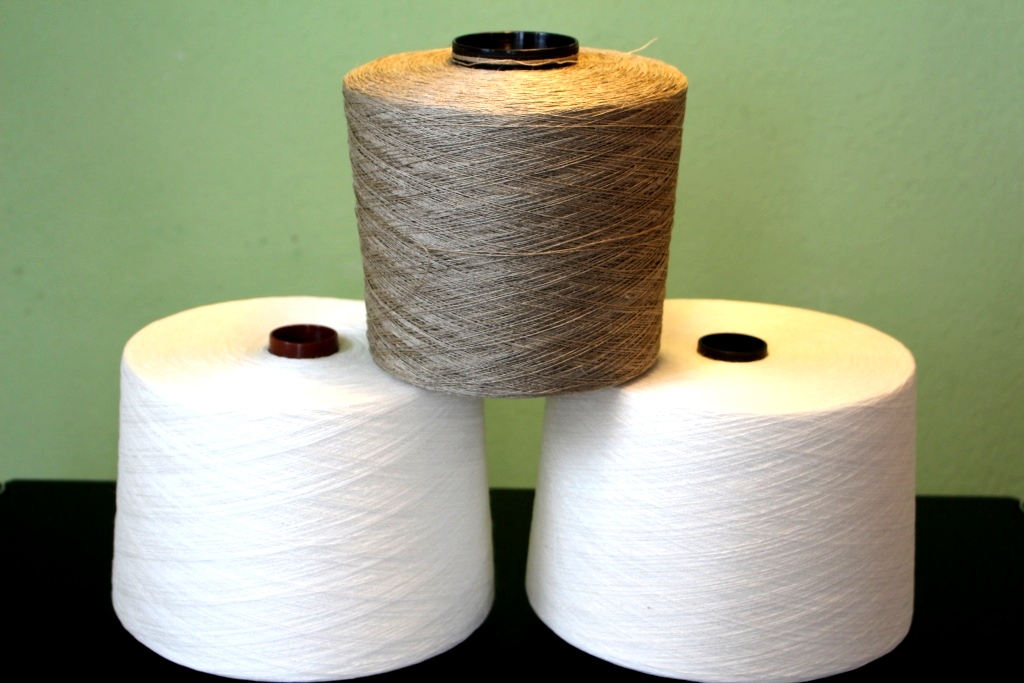
Long
fibre spinning
The flax is
delivered to the spinning mill as long fibres. Depending on whether the spinning
mill has suitable hackling machines or not the materials come direct from
scutching as line flax or are delivered as slivers of hackled linen. The
following steps are required to produce yarn that can be used in weaving,
knitting or hosiery: hackling, drafting and preparation, spinning.
Hackling
flax
The aim of hackling is to clean, untangle and align parallel the bundles of
scutched flax, to separate the fibrous bundles and to start dividing them, in
order to from a continuous sliver that is ready to undergo the doubling and
drafting operations that come next.
Scutched flax is hackled on so-called hackling frames.
Handfuls of strands of line flax, weighing 80 to 120 grams and held in mobile
clamps, are feed manually in the hackling frames. Moving up and down these
clamps convey the fibrous bundles to a double set of combs. Hackling is carried
out vertically and horizontally.
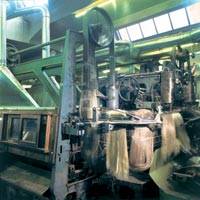
Collecting tow
During hackling, a certain quantity of short fibres is removed from the strands
of line flax. This hackled tow is salvaged by doffers and collected in
containers below the machines. Graded into two categories as foot or top tow, it
will be used in spinning.
Forming the sliver
After hackling, the strands of refined line flax are placed on a slanting table,
made up of a series of moving transversal gills. As they overlap the strands
form a sliver. After being feed into two calendar rollers then coiled, these
slivers are then pressed in order to make up packages that will be tied up and
stocked.
Drafting and
preparation
The flax slivers are then subjected to several doubling and drafting operations.
The aims of these steps are to harmonize the weight of the slivers, to align
them parallel, to attenuate the fibres and to obtain roves.
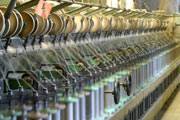
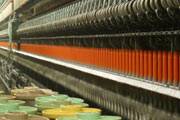
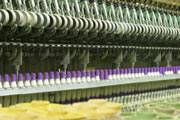
Spinning
Spinning is the final
operation in the whole spinning process, transforming the rove into yarn. There
are several methods for spinning the hackled flax:
• Wet
spinning, which can be done with grey, boiled and bleached roves
• Semi-wet spinning
• Dry spinning
These
technologies apply the same principle of drafting, attenuating and twisting the
fibres in order to obtain yarn cohesion. The properties of yarn and hence the
choice of process depend on the type and features of the desired yarn. Wet
spinning remains a special feature of flax fibre spinning. It enables yarns of
an outstanding quality and finesse to be produced.


| 

![]()






